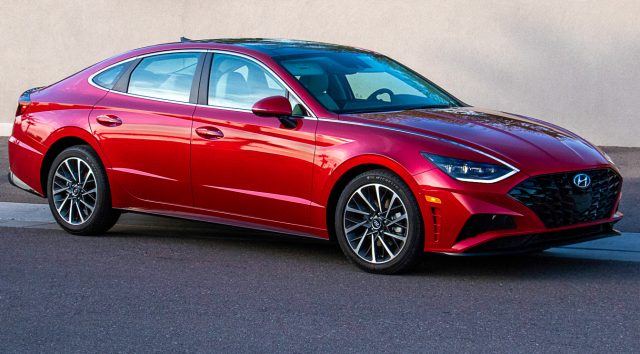Finding the trade-in value of your car can be quite difficult if you aren’t sure what to look for. Different dealerships will offer different prices for your car, so it’s important to know what to expect before walking into any dealership. Check out the steps you should take when getting the trade-in value of your car to get the best deal possible.
Selling a Car
Some people always want something newer and better. So, when you’re ready to make a change or when you want someone else to sell it for you, you can contact a dealership. They’ll do their best for you by offering all available options that fit within your budget, including trading-in and financing.
Auto Loans
According to Lantern Credit, “Auto loan refinancing is taking out a new loan to pay off your existing car loan.” If you need help with refinancing auto loans, consider contacting a nonprofit credit counseling agency for assistance. These agencies can help assess your financial situation and suggest alternative ways to tackle debt without sacrificing creditworthiness.
However, while a lower interest rate might be more favorable, you should also consider how it will affect your monthly payment. After all, refinancing auto loans may mean having to pay more per month for a new loan — not exactly what you want if you feel strapped for cash in other areas.
The Trade-In Process
First, you’ll have to get your car into showroom condition. This might require new tires, paint, and a fresh oil change. Before bringing it in for inspection at an auto dealer, take pictures of any scratches or dents and create a list of any extras (such as DVD players or Bluetooth connectivity) that you might want to add when purchasing a replacement vehicle.
Next, visit a dealership and be prepared to answer questions about your vehicle. Trade-ins may be worth less than they once were because used cars have flooded markets, while new cars are pricier and more readily available than ever before. Dealers also tend to receive more models than they can sell. So don’t be surprised if you get an offer below market value.
Actual Value Vs. Appraised Value
When trading in a vehicle, it’s important to know what exactly you expect in return. Unfortunately, this is where confusion often sets in: How much is my car really worth? The simplest explanation is that actual and appraised value are two different things.
In short, the actual value is how much money you could get if you sell your vehicle to a buyer right now, also known as a private party or retail value. Appraised Value refers to how much money a dealer would pay for your vehicle based on its condition, options, and mileage. It’s best thought of as wholesale or auction price.
How To Negotiate The Best Deal For Your Trade-In
Trade-in values are often negotiable. Follow these steps and tips on how to get a better deal on your trade-in.
- Don’t bring in an obviously damaged or older vehicle that looks like it has been driven hard and put away wet. In other words, don’t bother bringing in a salvage title vehicle that has mechanical issues if you’re looking for a fair price for your trade-in.
- If you have a luxury vehicle that is two or three years old, bring in a comparable new luxury vehicle when trading it in. However, just having an expensive car is not always enough because dealerships still have to recoup their investment on it by selling it at auction before they can sell you another one.
Determining its retail value is essential if you want to sell or trade in your vehicle. When it comes to giving your car a final price, though, it’s not quite that simple. But, with the above-mentioned tips, you can get a better price.

